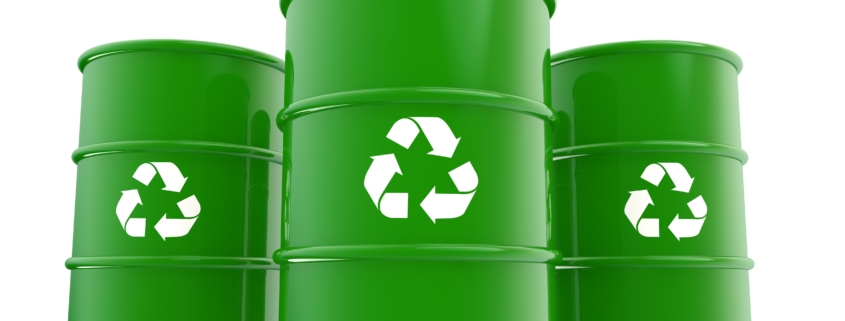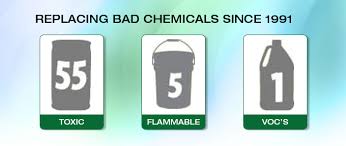What are Hydrofluoroethers?
As a class of organic solvents, hydrofluoroethers are a type of hydrocarbon with an ether bond. They were introduced in 1996 to help combat the rise in greenhouse gas emissions and global warming.
Characteristics of Hydrofluoroethers
They have many qualities that make them desirable to work with. These characteristics include:
- Colorless
- Odorless
- Tasteless
- Low Toxicity
- Low Viscosity
- Nonflammable
- Liquid at Room Temperature
The properties of the chemical allow for savings when it comes to equipment costs. They do not require explosion proofing, specified extinguishing equipment, or an inert atmosphere to be used.
Environmental Impact of Hydrofluoroethers
Hydrofluoroethers are commonly used to replace fluorocarbons that emit harmful greenhouse gases into the atmosphere. Some of the fluorocarbons that can be easily replaced are:
- Chlorofluorocarbons (CFCs)
- Hydrofluorocarbons (HFCs)
- Hydrochlorofluorocarbons (HCFCs)
- Perfluorocarbons (PFCs)
Compared to the fluorocarbons listed above, hydrofluoroethers make less of an impact on the environment. A few qualities that make them more environmentally friendly are:
- Low global warming potential
- Almost zero ozone depletion
- Short atmospheric lifetime
Industries and Applications of Hydrofluoroethers
Since hydrofluoroethers are known to be environmentally cleaner while maintaining equal performance to other solvents, some of the larger industries that use them are:
- Medical
- Aerospace
- Military
- Analytical Equipment
Hydrofluoroethers are used commercially and industrially. Some of the most common applications in those industries include:
- Cleaning solvents
- Vapor degreasing solvent
- Blowing agents
- Coatings and lubricants
- Heat transfer
- Dry etching agents
Performance of Substitutes
When it comes to substituting CFCs, HFCs, HCFCs, and PFCs with hydrofluoroethers, a company’s biggest concern is often the difference in performance. The following categories are similar to, if not better when replaced with a hydrofluoroethers:
- Cost-effectiveness
- Selective Solvency
- Compatibility with metals, plastics, and elastomers
- Stability (does not need stabilizer additives)
- Stringent Quality
Looking for Eco-friendlier product options?
Make your company eco-friendlier today with a product that doesn’t compromise your process or final product. Hydrofluoroethers are a close substitute and can help your company on the track to reducing your impact on ozone depletion and greenhouse gas emissions. Allow Ecolink to help! Contact us or request a quote to determine if hydrofluoroethers are the best choice for needs!






